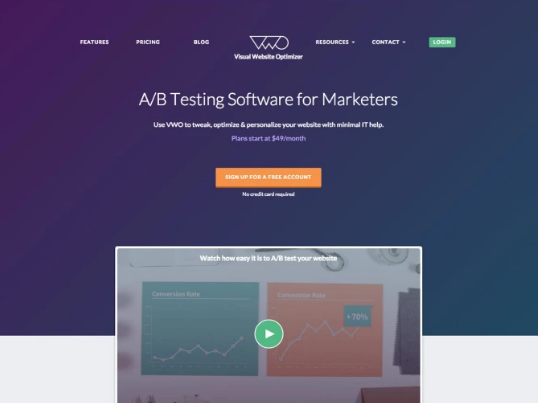
Responsive web designs
From the early times of Responsive Net layouts, web pages were designed to focus on a particular screen measurement. In the event the consumer had a larger or more compact display screen in comparison to the designer envisioned outcomes ranged from undesired scrollbars to extremely extended line lengths, and weak utilization of space. As more numerous monitor dimensions became offered, the strategy of responsive Website design (RWD) appeared, a set of methods that permits Websites to alter their format and overall look to fit diverse display screen widths, resolutions, and so on. It can be an concept that transformed how we structure for just a multi-device Internet, and in this article, we'll enable you to comprehend the main methods you have to know to master it.
For nice Responsive Web design click here : https://cutt.ly/sri0c06
Versatile format in advance of responsive design and style

Quite a check my site few methods ended up made to test to resolve the downsides from the liquid or fixed-width methods of making Web-sites.
In 2004 Cameron Adams wrote a post entitled Resolution dependent layout, describing a way of making a style that would adapt to unique monitor resolutions.
This solution demanded JavaScript to detect the screen resolution and cargo the right CSS.
Historic Web site layouts

At a person stage in heritage you had two possibilities when coming up with an internet site:
- You might develop a liquid web site, which might stretch to fill the browser window
- or a fastened width internet site, which might be a hard and fast size in pixels.
Both of these approaches tended to lead to an internet site that appeared its most effective to the display of the person designing the website!
The liquid website resulted inside a squashed style on scaled-down screens
Responsive design
The phrase responsive style was coined by Ethan Marcotte in 2010 and explained the usage of 3 methods in combination.
- The primary was the idea of fluid grids, anything which was currently remaining explored by Gillenwater
- and may be browse up on in Marcotte's write-up, Fluid Grids (published in 2009 on A listing Aside).
- The 2nd method was the thought of fluid illustrations or photos. Utilizing a quite simple method of location theÂ
max-width house toÂone hundred%, visuals would scale down more compact if their that contains column turned narrower compared to graphic's intrinsic sizing, but hardly ever improve much larger. - This enables an image to scale down to fit in a flexibly-sized column, instead of overflow it
- although not develop bigger and develop into pixellated If your column gets broader in comparison to the picture.
- The 3rd crucial element was the media question. Media Queries permit the sort of structure switch that Cameron Adams experienced Earlier explored employing JavaScript, employing only CSS. In lieu of obtaining one particular layout for all monitor measurements, the layout can be adjusted. Sidebars may be repositioned to the smaller monitor, or alternate navigation may be displayed.